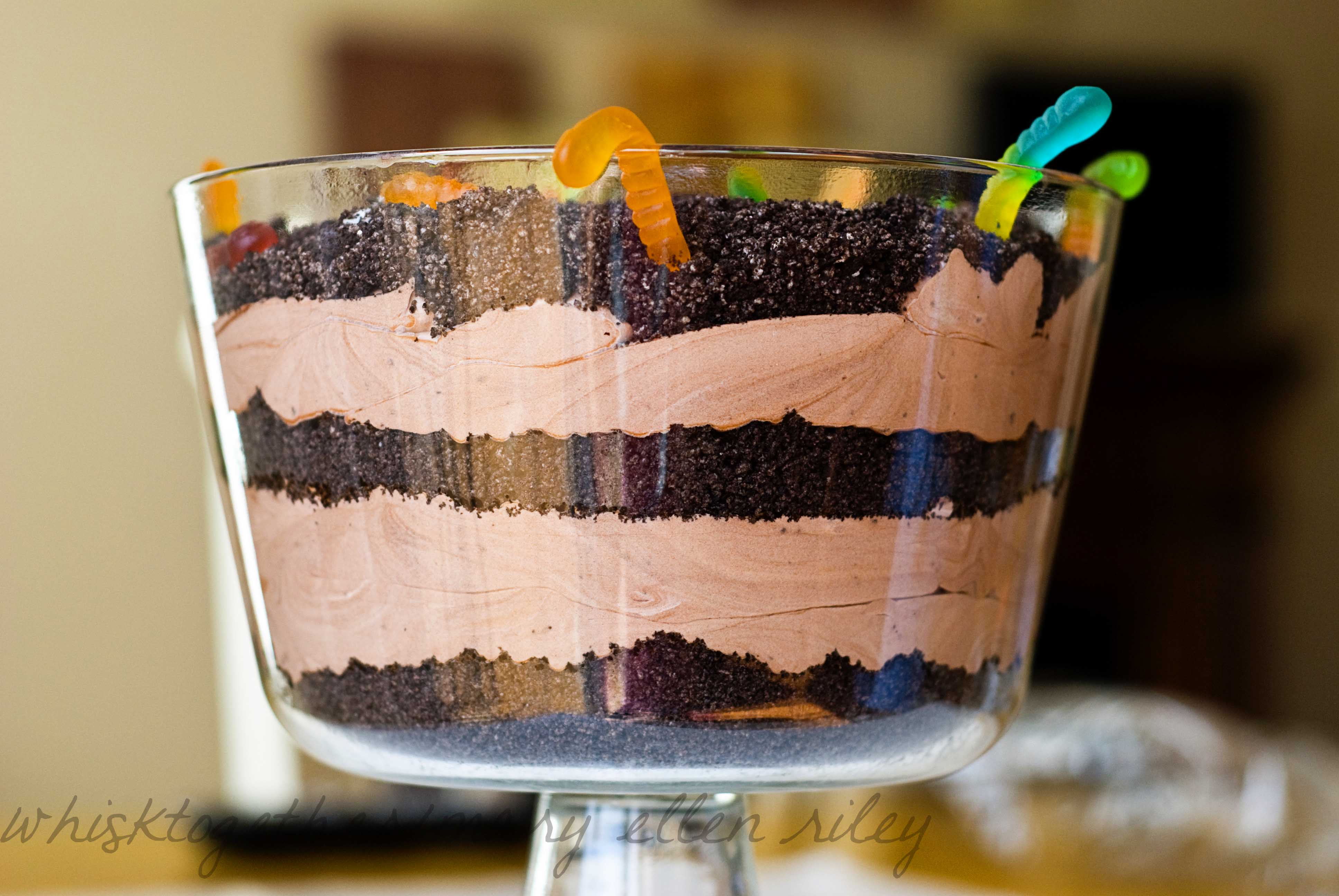
Summary:
I read the book Paddington Bear,
by Michael Bond. The book is about a
bear that had been left at the train station.
Mr. and Mrs. Brown found Paddington Bear while they were waiting for
their daughter at the train station.
They decide to take Paddington Bear home and he gets into a little
mischief as he makes himself at home.
Evaluation of genre:
This book’s genre would be animal
fantasy. Paddington bear wears a hat and a coat Paddington Bear can walk and
talk just as if he was human. Paddington
Bear is a cute little bear that young readers love because he is a bear. The illustrations in Paddington Bear are
by John Lobban. Mr. Lobban used an
outlining style to create Paddington Bear as a caricature. Mr. Lobban also used bright colors for Paddington
Bear and dull colors for the background areas.
The bright colors that the illustrator used for Paddington gives the
bear life and a focal point for the reader.

Questions to Ask:
Do you have a teddy bear?
How is Paddington Bear like us?
Who has been to a train station?
Have you ever seen anything strange at the train station?
Do you think Paddington Bear was being naughty when he over flooded the bathtub?
What was your favorite part in the storybook?
Do you think it is possible for a teddy bear to eat and drink like you and I?
Do you think Paddington Bear would make a good friend?
What did you not like about the story?
Do you have a teddy bear?
How is Paddington Bear like us?
Who has been to a train station?
Have you ever seen anything strange at the train station?
Do you think Paddington Bear was being naughty when he over flooded the bathtub?
What was your favorite part in the storybook?
Do you think it is possible for a teddy bear to eat and drink like you and I?
Do you think Paddington Bear would make a good friend?
What did you not like about the story?
Activities:
A motivational activity for the
children would be for the children to write a different ending for Paddington
Bear. Instead of taking Paddington Bear
home, maybe Mr. and Mrs. Brown left Paddington Bear at the train station and he
found anther set of parents waiting for their children. Maybe the children could have Paddington Bear
ride the train to another location, in the story Paddington Bear had just came
from Peru, so maybe Paddington Bear would like to go on another adventure.
The children could create a
scrapbook for Paddington Bear with his adventures at the train station waiting
on someone to take him home. The children could start the scrapbook with how
they thought Paddington Bear got to Paddington station along with the dates. Then
the children could create pictures of Paddington Bear eating in the cafeteria. The children could draw pictures along with
the date that Paddington Bear met the Browns.
The scrapbook would be a little memory book for Paddington Bear to
remember how he met the Browns. Since
Paddington has one scrapbook already he probably would LOVE to have another
one.

My Thoughts:
My younger son and I read Paddington
Bear together and as he realized the Paddington Bear was moving he said,
”WHOAH, that bear is moving!” I laughed because
I did not expect him to say that. Paddington Bear was a fun book to read with my
son, I enjoyed hearing him say, “Paddington Bear was making a mess and he would
not do that”. Paddington Bear allows the
reader to get lost in the fantasy imagining that a teddy bear can talk and
walk.
Michael Bond lives near the
Paddington station in London. He is
married and has two adult children. Mr.
Bond had his first story published in a magazine called London Opinion in 1945.
A Bear called Paddington was Mr.
Bond’s first book and that was published in 1958. Mr. Bond has written a series of the
Paddington books. The series was very
successful, and Mr. Bond was able to leave his job and focus on writing
full-time.
References
Bond, M. (1972). Paddington Bear. Harper Collins. Great Britain.
Bond, M. (2013). Michael Bond. Retrieved from http://www.paddingtonbear.com/thenandnowmichaelbond.html
Cullinan, B. & Galda L. & Sipe L.
(2010) Literature and the Child. 7th
Ed. Belmont, CA. Wadsworth Cengage Learning.













